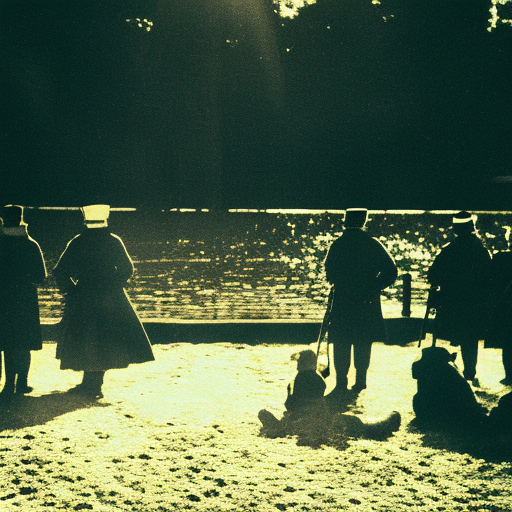The Hanseatic League: A Powerful Trading Network in Medieval Europe
The Hanseatic League was a powerful trading network that emerged in the late Middle Ages and dominated trade in Northern Europe for several centuries. It was a confederation of merchant guilds and market towns that sought to protect and expand their economic interests. The League played a crucial role in shaping the economic and political landscape of medieval Europe.
Origins and Expansion
The Hanseatic League originated in the 12th century, primarily as a response to the growing threats faced by merchants traveling through the Baltic Sea. The League initially consisted of German merchants who formed alliances to protect their trading routes and interests. Over time, it expanded to include cities and towns across Northern Europe, such as Lübeck, Hamburg, and Bremen.
Trade and Commerce
The Hanseatic League was primarily focused on maritime trade, particularly in commodities such as timber, fish, grain, and furs. The League established a network of trading posts and warehouses in key ports along the Baltic Sea, North Sea, and even as far as the Mediterranean. These trading posts, known as “Hansekontore,” served as hubs for merchants to conduct business and store goods.
Legal Framework and Privileges
One of the key factors contributing to the success of the Hanseatic League was the establishment of a legal framework that protected the interests of its members. The League negotiated favorable trade agreements with various rulers and secured privileges, such as exemption from tolls and taxes, as well as the right to self-governance in their trading posts. These privileges allowed the League to maintain a competitive advantage in the European market.
Political Influence and Diplomacy
The Hanseatic League not only had economic power but also wielded significant political influence. The League formed alliances with other cities and towns, creating a network of mutual support and protection. It had its own legal system and even maintained a fleet of warships to protect its trade routes from pirates and rival powers. The League also engaged in diplomatic negotiations with kings and emperors, further solidifying its position as a prominent player in European politics.
Decline and Legacy
The Hanseatic League reached its peak in the 14th and 15th centuries, but it eventually faced challenges that led to its decline. The emergence of new trade routes, such as those discovered during the Age of Exploration, shifted the balance of power in the European trading system. Additionally, internal conflicts and rivalries among member cities weakened the unity of the League.
Despite its decline, the Hanseatic League left a lasting legacy. It played a crucial role in the development of a unified legal system, known as the “Hanse Law,” which influenced commercial law in Europe for centuries. The League also contributed to the spread of cultural and technological exchange, fostering economic growth and urban development in the cities it influenced.
In conclusion, the Hanseatic League was a powerful trading network that emerged in medieval Europe. It played a significant role in shaping the economic and political landscape of Northern Europe. Through its maritime trade, legal framework, political influence, and diplomatic negotiations, the League established itself as a dominant force in European commerce. Although it faced challenges and eventually declined, its legacy continues to be felt in the realms of law, trade, and cultural exchange.












